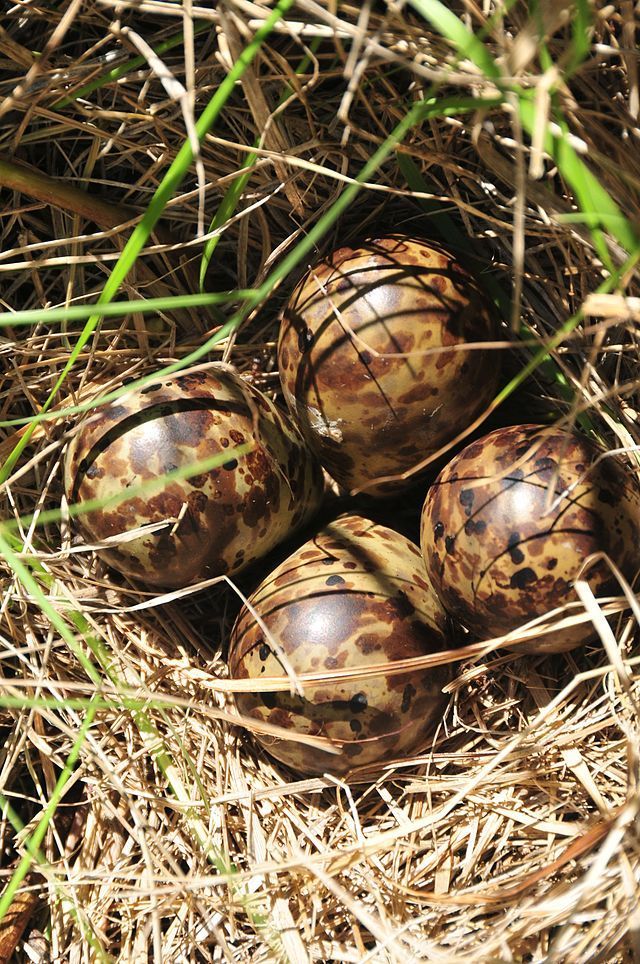The Wilson’s snipe is considered a species of Least Concern according to the IUCN Red List, although the populations took a hit while market hunting was popular in the 19th century, in combination with loss of habitat as settlements spread, as recognized by the Audubon Society. This species has unique features that help it locate food along shorelines, often with low vegetation.
Fast, Feathery, and Fascinating: The Wilson’s Snipe
As waterfowl and small game hunters pursue their targets, some may come across a Wilson’s snipe. This is considered a game species in Michigan that can be a challenge for some to identify and target.
Current Status
Conservation Efforts
Since this is a species of least concern, the Wilson’s snipe is considered a game bird in Michigan with a season lasting from September 1 to November 9 for the 2025 season. Season limits and bag limits are an effort to control how many individuals are removed from the population each year to prevent population decline. However, this bird is challenging not only for its camouflage, but also due to its erratic zig-zag flying pattern. This is a migrating bird species that typically breeds in the Northern US and Canada, moving south to the Southern US and Mexico for the winter. Typically, the male and female pair separate the young and care for them as individuals instead of staying together to breed for another season.
Characteristics
The Wilson’s snipe can be confused with the woodcock to the untrained eye due to similarities in the feather coloration and beak shape. This snipe can be identified by the brown and black bars between lighter feathers and a white underbelly, according to All About Birds. The head has brown stripes transitioning into three streaks down the back. Where the snipe is a shorebird, often found along shorelines looking for food, the woodcock is primarily present in forest settings with streams nearby. The unusual beak of this bird is straight like a pencil and much longer than the head, whereas that of the woodcock is slightly shorter and thicker with less of a neck. Both birds have short tails similar to those of a duck. Wilson’s snipe can reach up to 12 inches in length with a wing span of up to 17 inches when flying.
Another species that looks similar to Wilson’s snipe is the long-billed dowitcher, which has longer legs, no stripe coloration down the back, and a slightly darker underbelly, which can be rusty brown in color in juveniles. This species is known to migrate through Michigan according to All About Birds.
Get Involved
More information regarding hunting regulations and licenses needed for Wilson’s Snipe and other game birds during the waterfowl season can be found in the Michigan DNR regulations summary. Information on woodcock hunting and license regulations can be found in the Michigan DNR small game summary. If you are looking to get involved working to conserve habitat for wildlife, consider joining Michigan United Conservation Clubs and our fight to conserve, protect, and enhance Michigan's natural resources and outdoor heritage. Other options to help conserve Michigan include making donations or volunteering for wildlife habitat improvement. Our award winning On the Ground program is looking for passionate volunteers to enhance wildlife habitat across the state, if you are interested in getting involved or learning more about the program, visit our habitat website.








